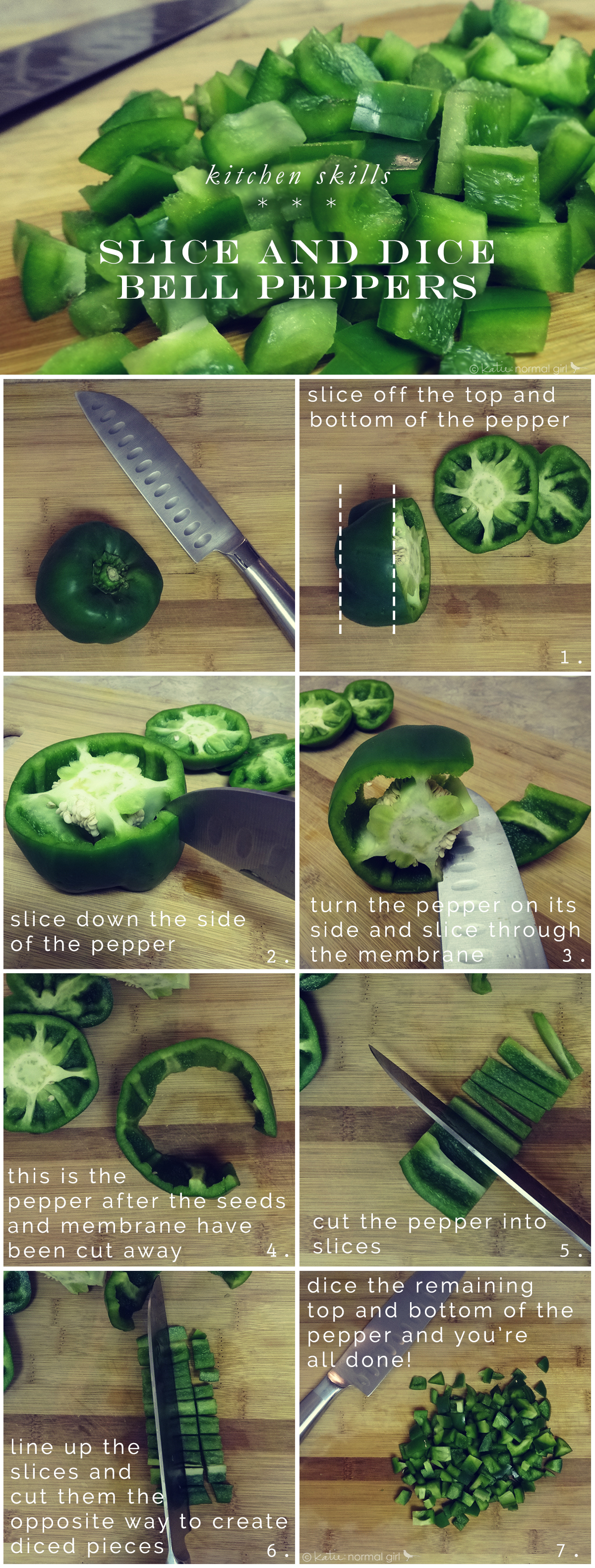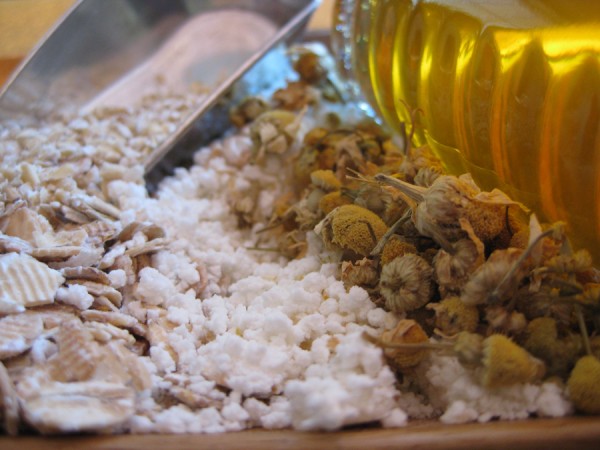For years I would buy fresh corn on the cob, shuck it and get the sticky silks all over the place and somehow there were still more on the cob. Not to get too infomercial on you, but I wished there was a better way…and there is! Oven-roast those suckers!
When my friend first told me how to do this, I was convinced that shoving paper-like husks into a hot oven would result in roasted corn and an epic house fire. I’m happy to say that only one of those things happened. (It was the corn thing; if it were the house thing then this would be a terrible method for cooking corn.) The corn comes out of the oven cooked to perfection and the silks are magically stuck to the husk instead of the corn. Just peel the husk off and the silks come too!
How to make this fabulous corn on the cob
- Place corn on the cob (still in the husk) directly onto the racks of your 400°F oven and bake for 30 minutes.
- (Optional) Continuously open the oven door to peek inside and make sure the corn is not on fire…despite your friend’s insistence that it is not.
- Once the corn is done roasting, remove it from the oven and let it cool for about 10 – 15 minutes before asking your dinner guests to shuck a 400°F object (lesson learned).
That’s all there is to it! (And you thought the house was going to burn down…)
Want to learn more about corn? Check out my Bounty From The Farm: Sweet Corn post and coming on June 11 (National Corn on the Cob Day) I’ve got a great Edamame, Corn and Tomato Salad that makes a great side dish at outdoor barbecues.



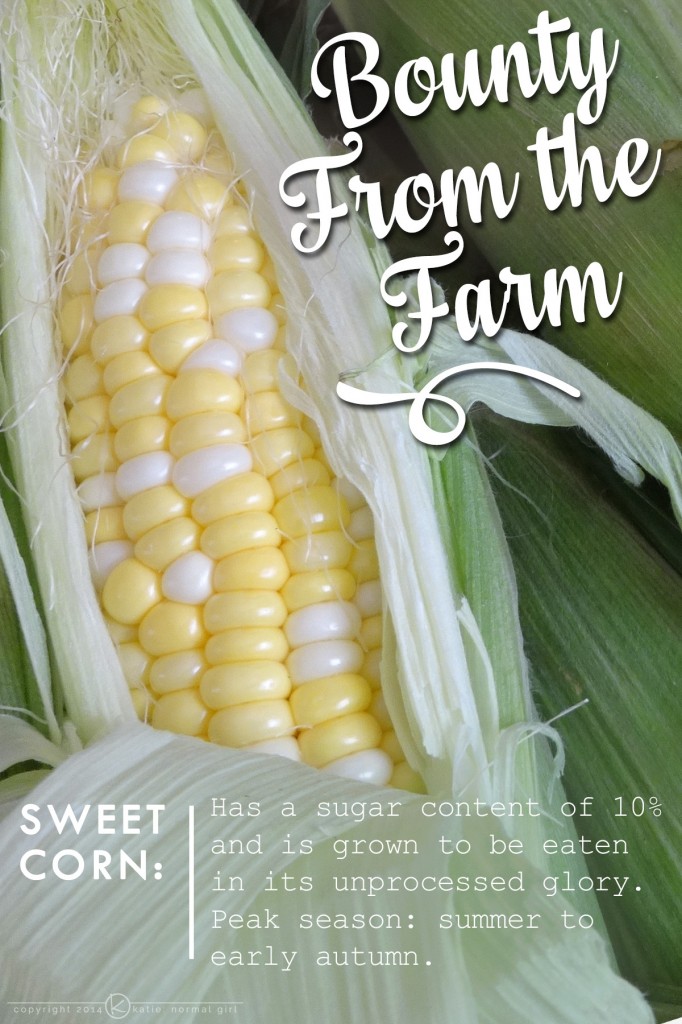
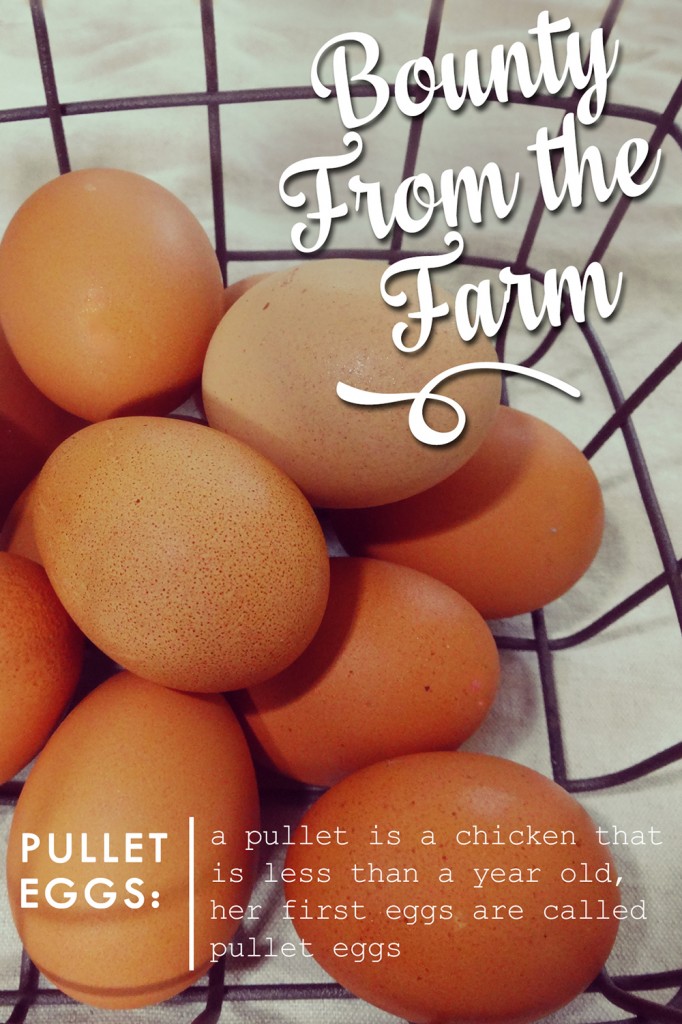
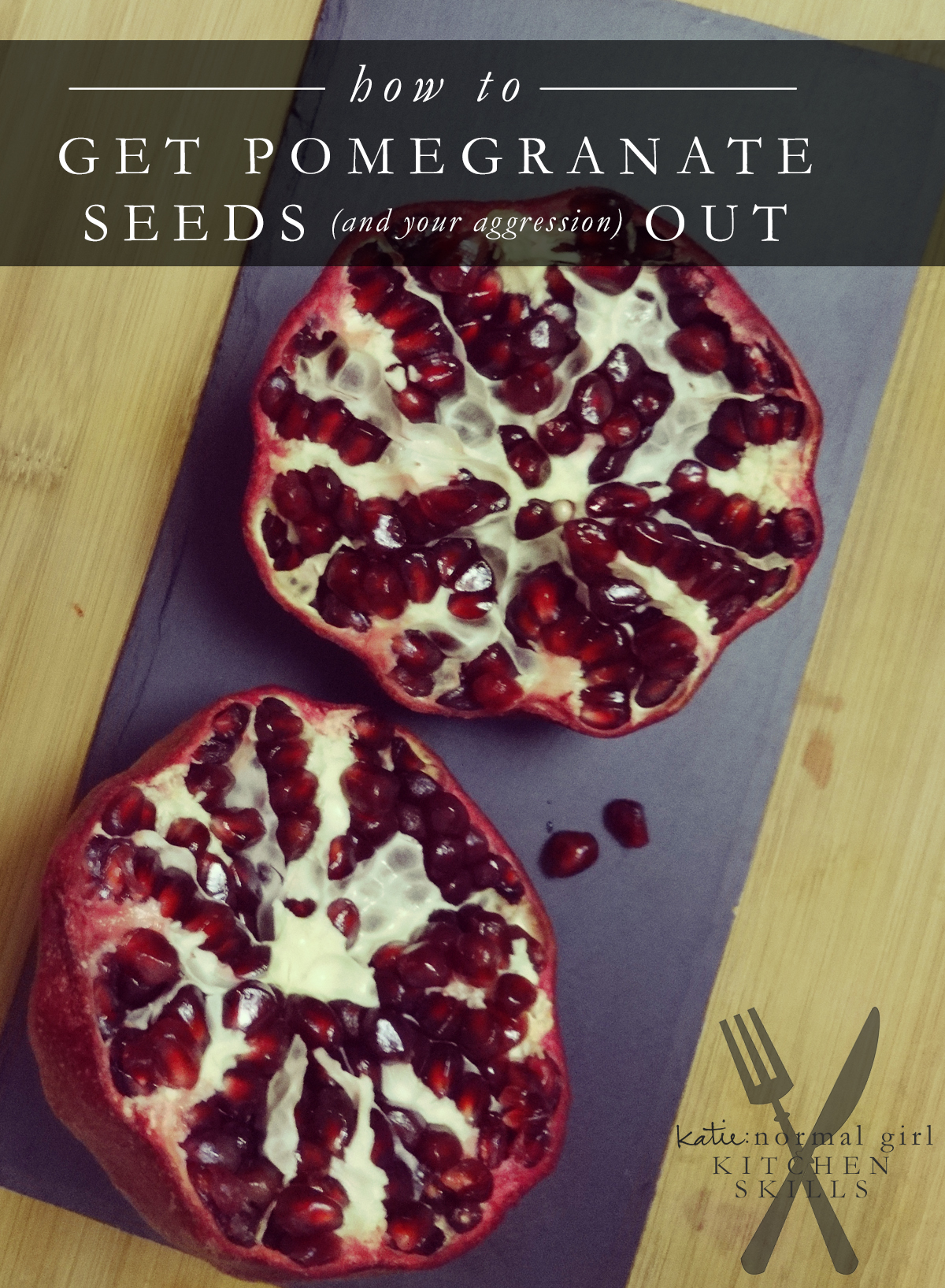
 referred to arils, which is actually the red portion that covers the seed) that are found inside, in a white membrane. The seeds have a tart, slightly sour taste that gets sweeter the longer it remains in the fruit. Getting the seeds out of the membrane can be tricky and there are two common methods, the water bowl method and the “beating it with a spoon” method. I prefer the later method. Despite the violent sounding nature of it, using the spoon method will get you a bowl full of seeds that are fully intact and unharmed.
referred to arils, which is actually the red portion that covers the seed) that are found inside, in a white membrane. The seeds have a tart, slightly sour taste that gets sweeter the longer it remains in the fruit. Getting the seeds out of the membrane can be tricky and there are two common methods, the water bowl method and the “beating it with a spoon” method. I prefer the later method. Despite the violent sounding nature of it, using the spoon method will get you a bowl full of seeds that are fully intact and unharmed.

